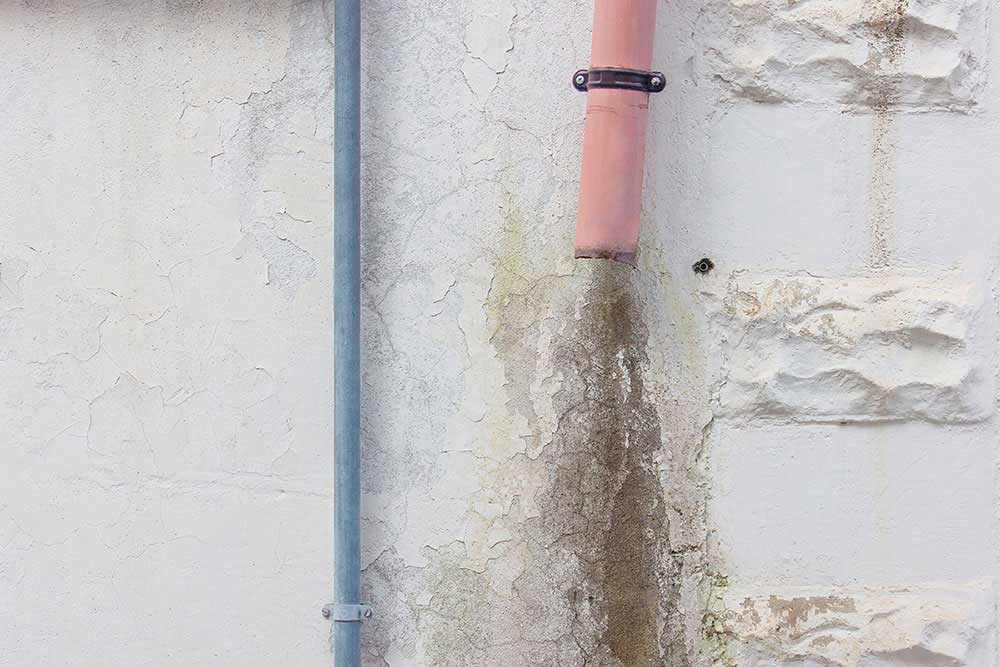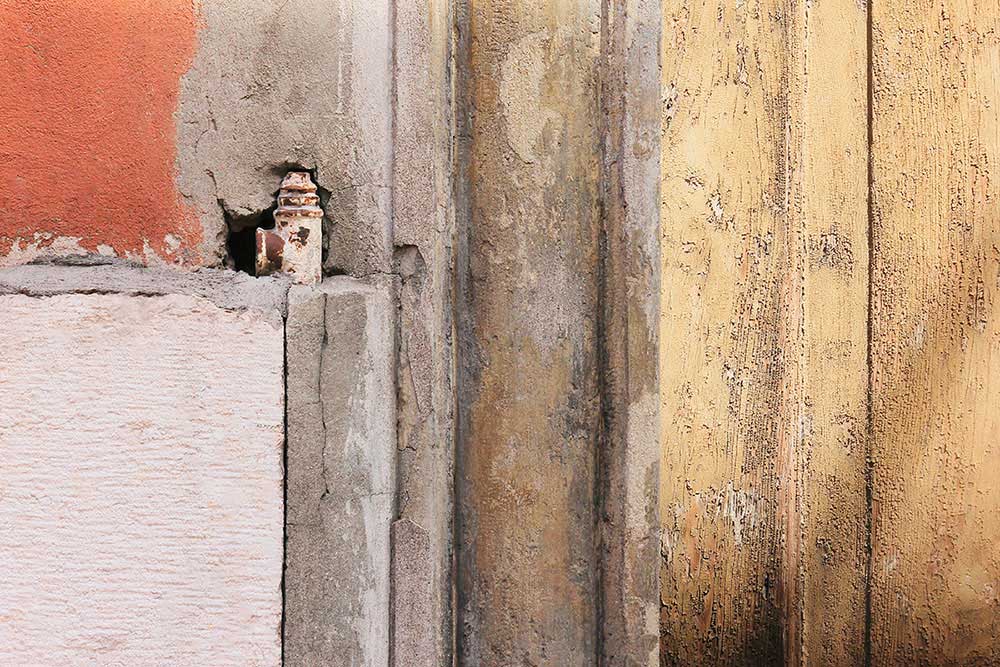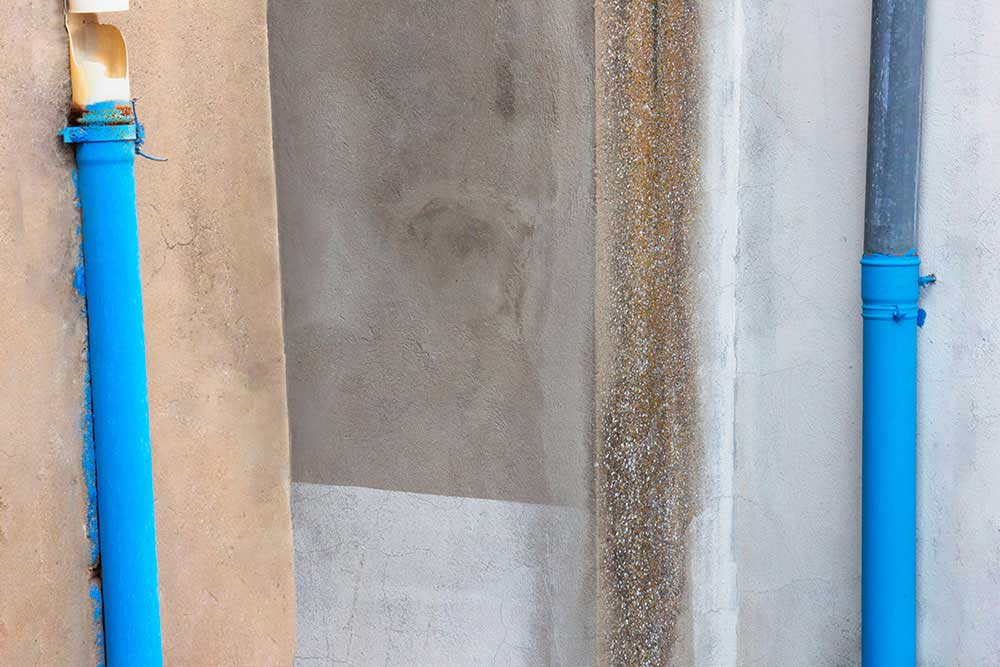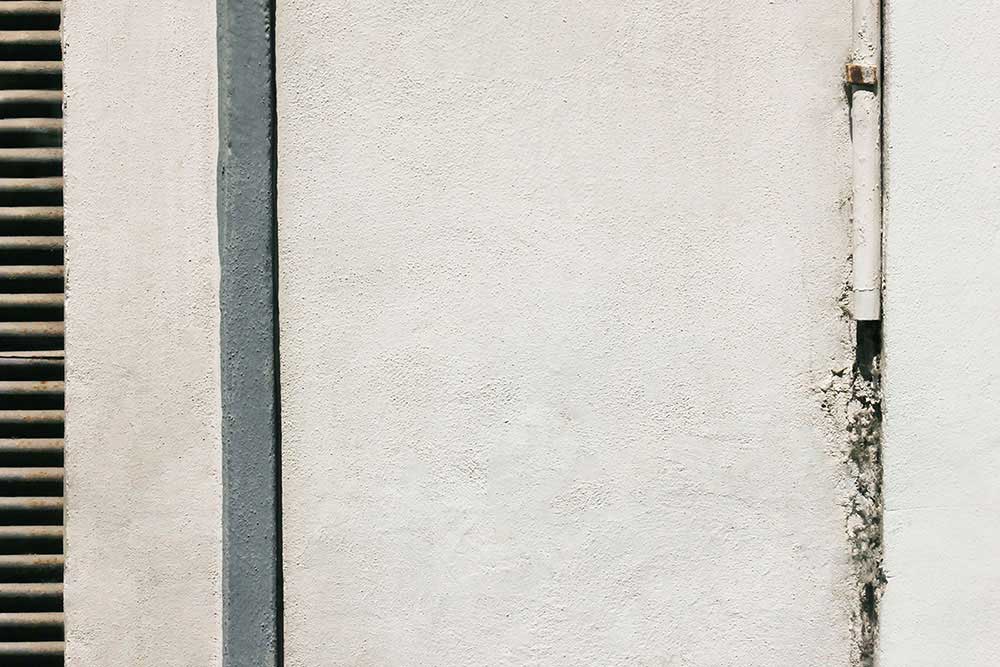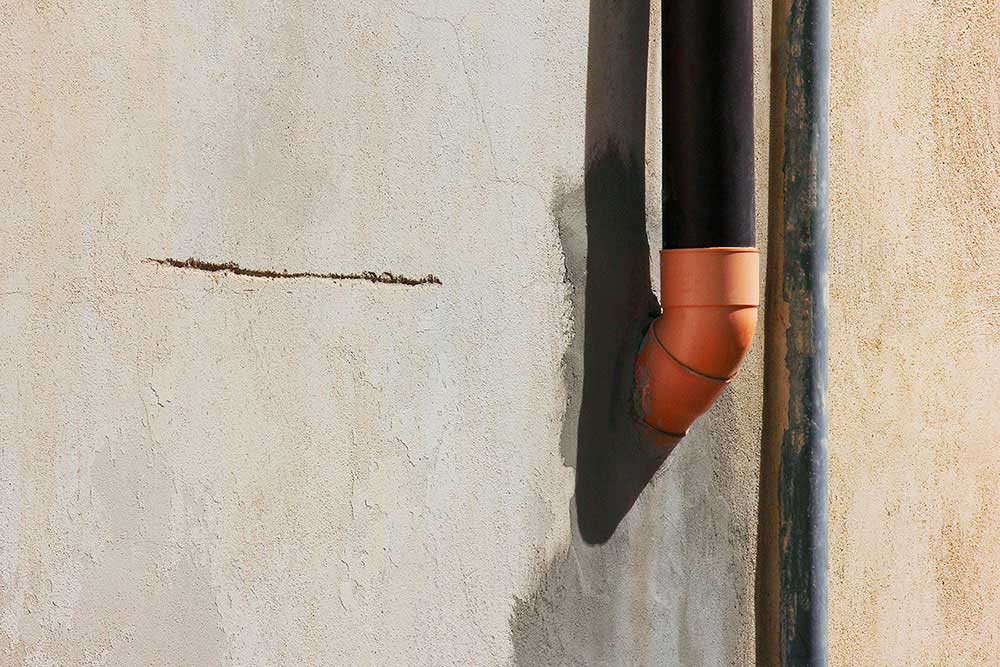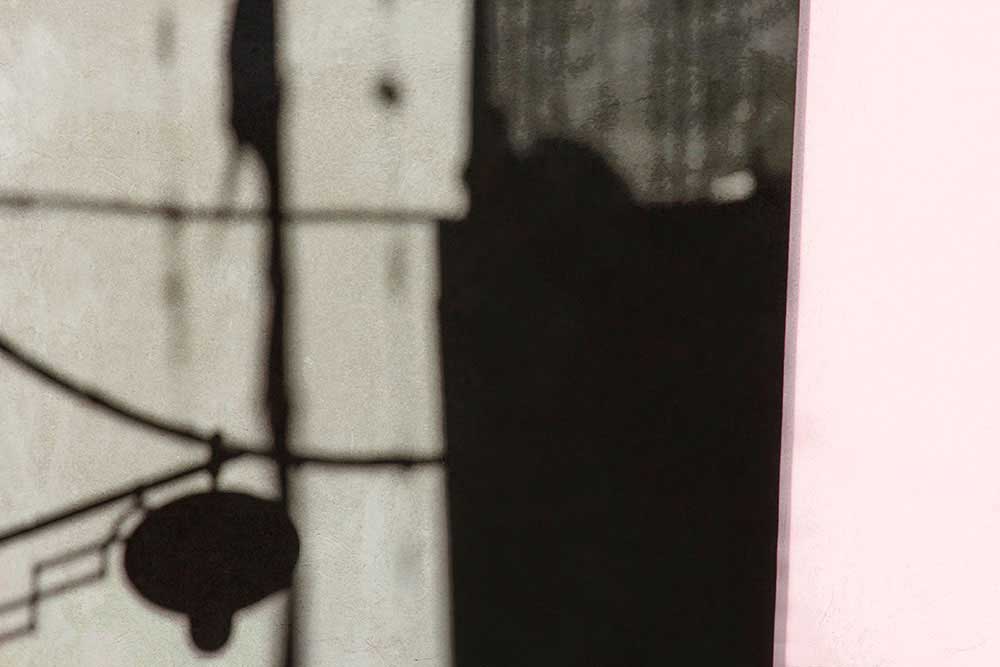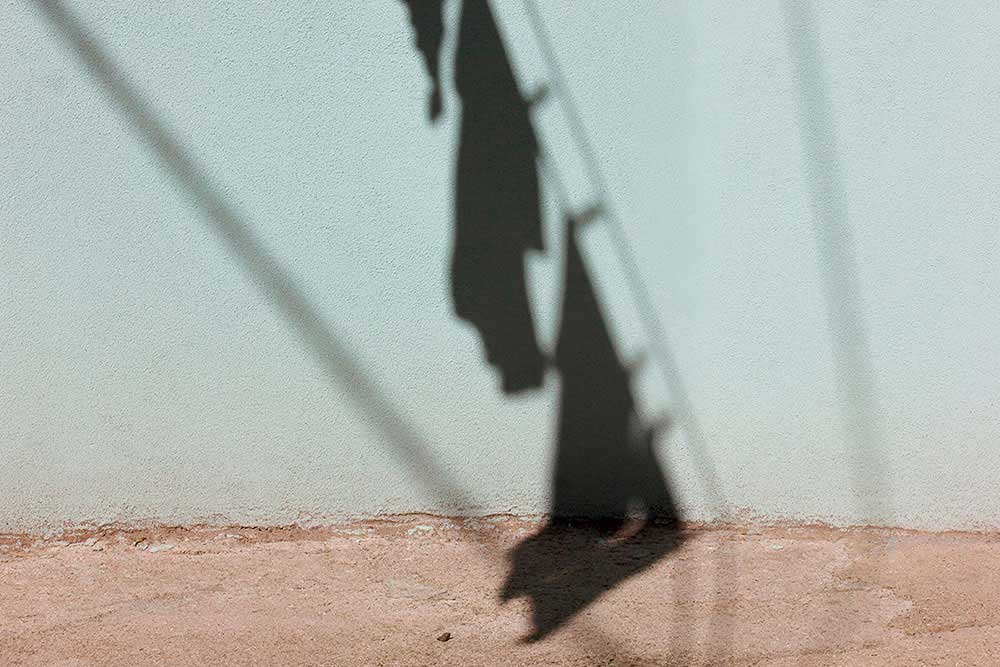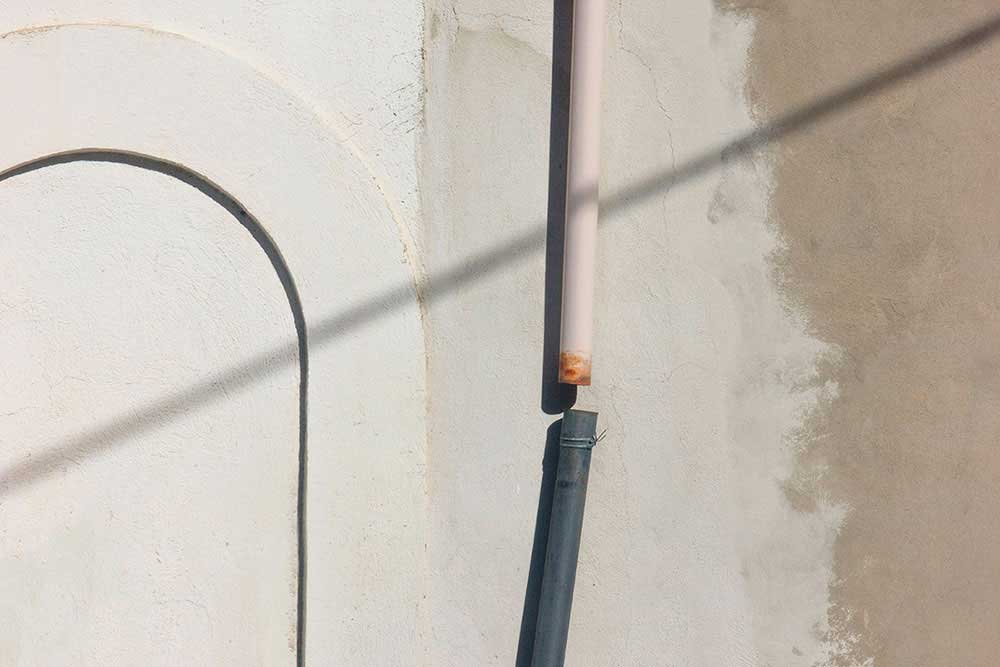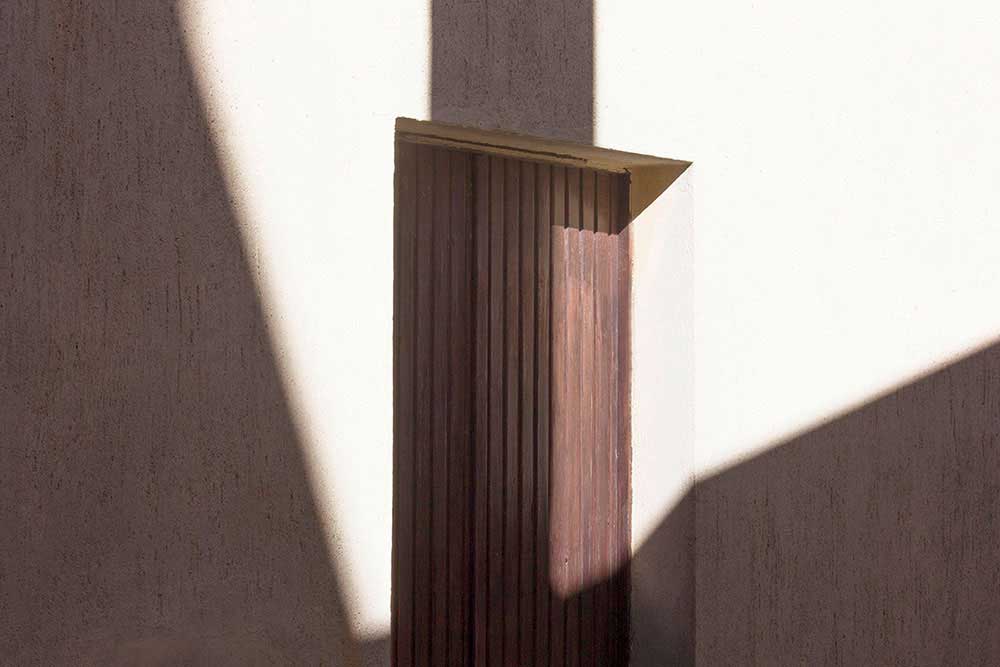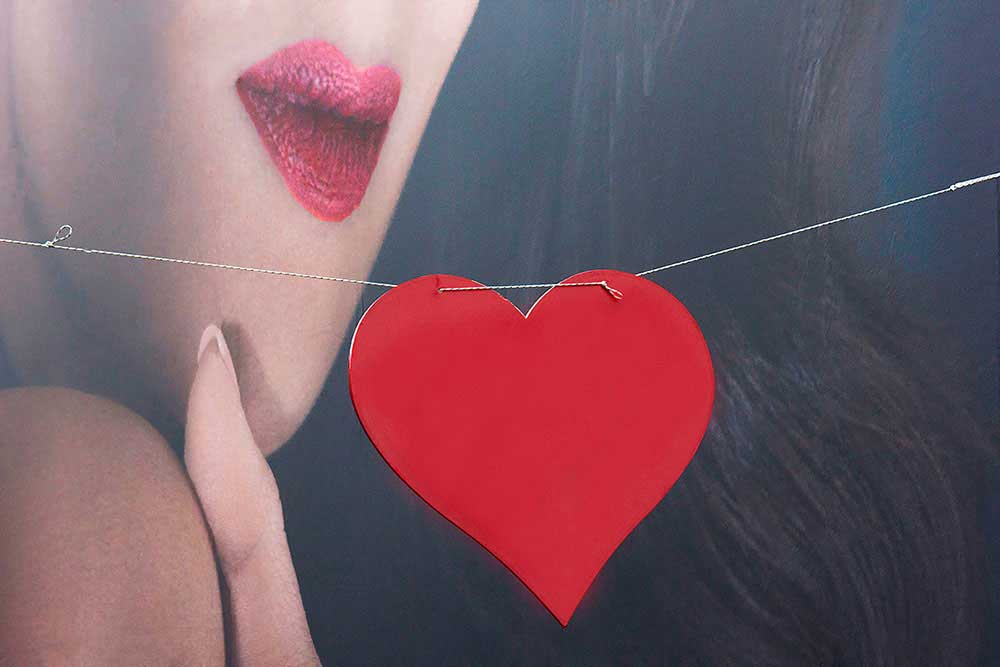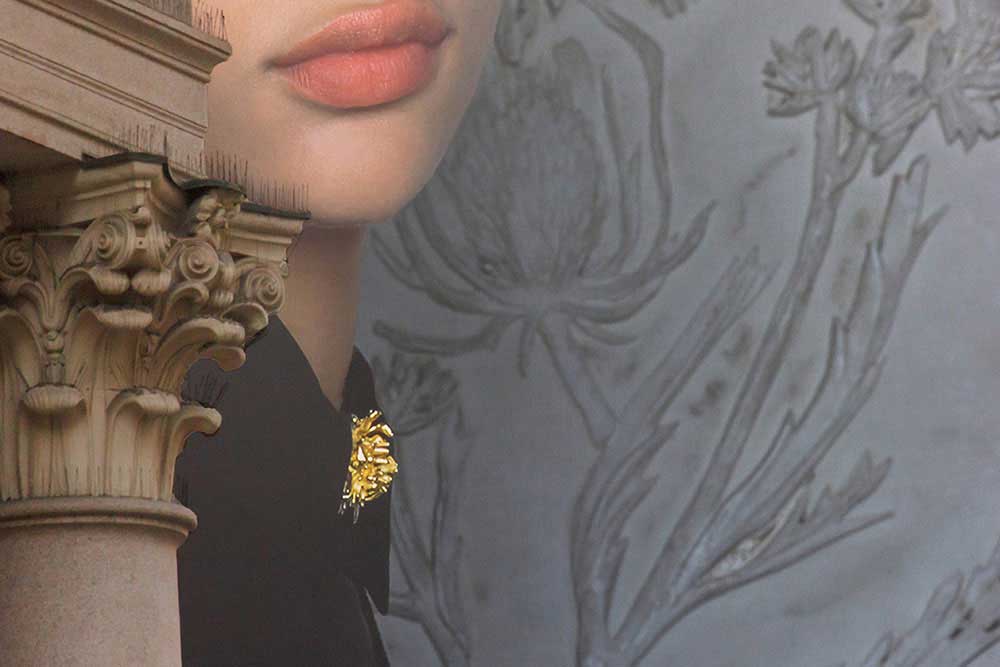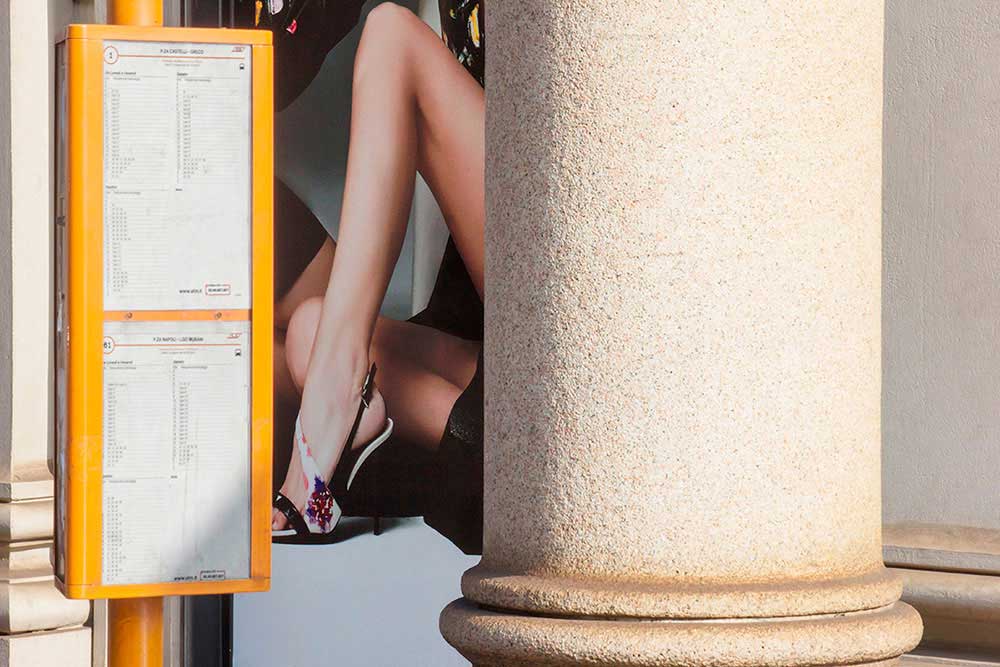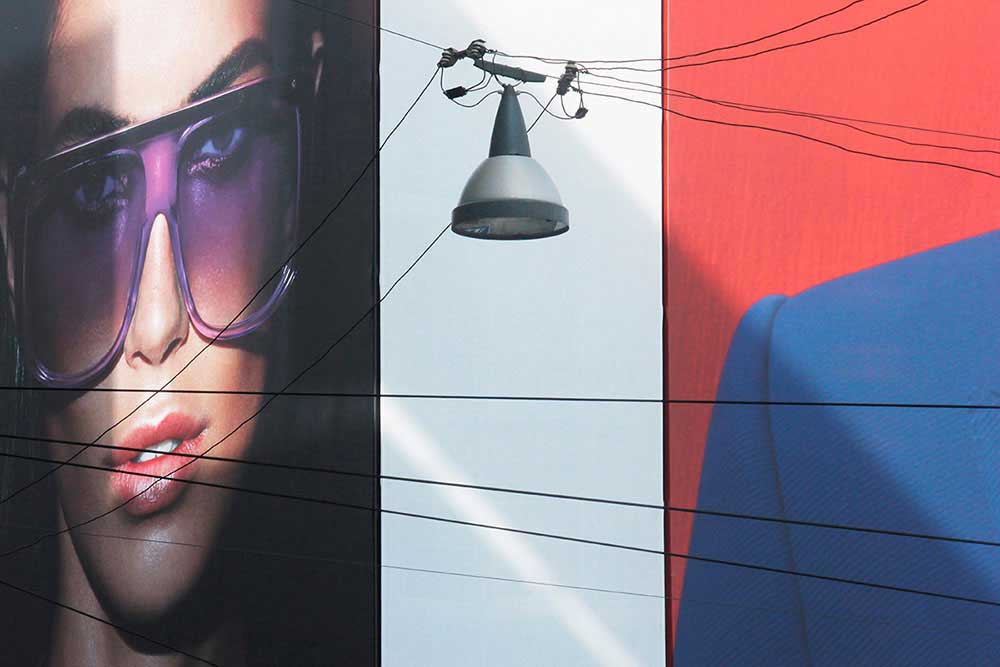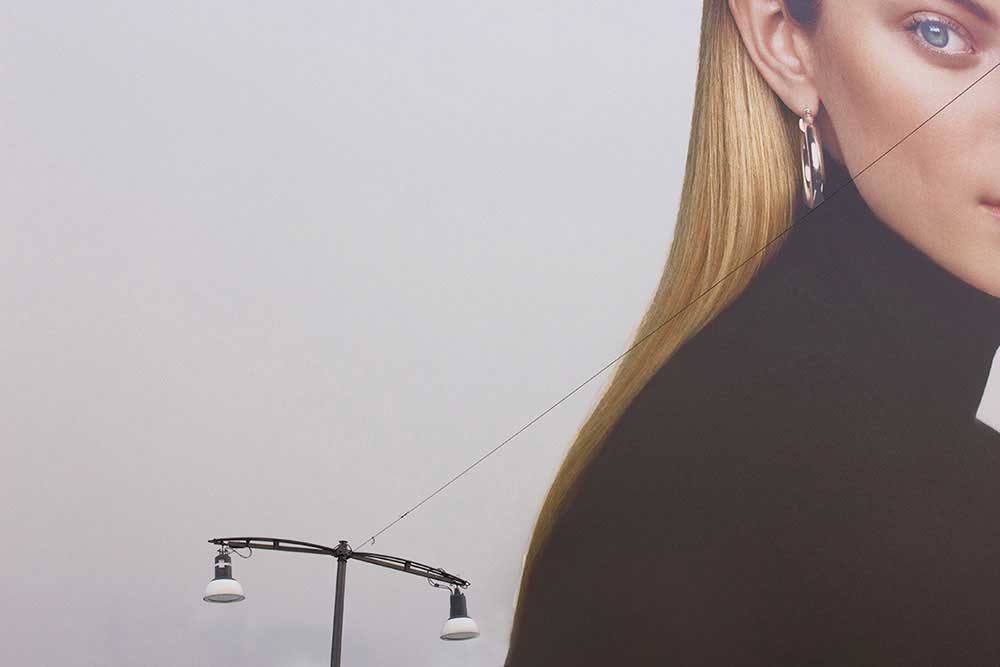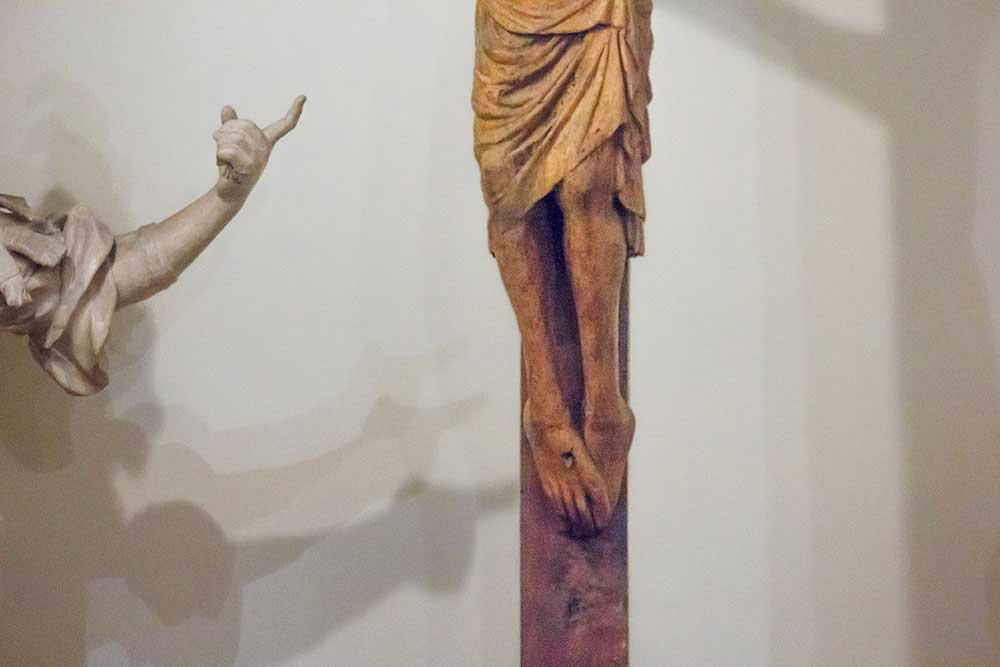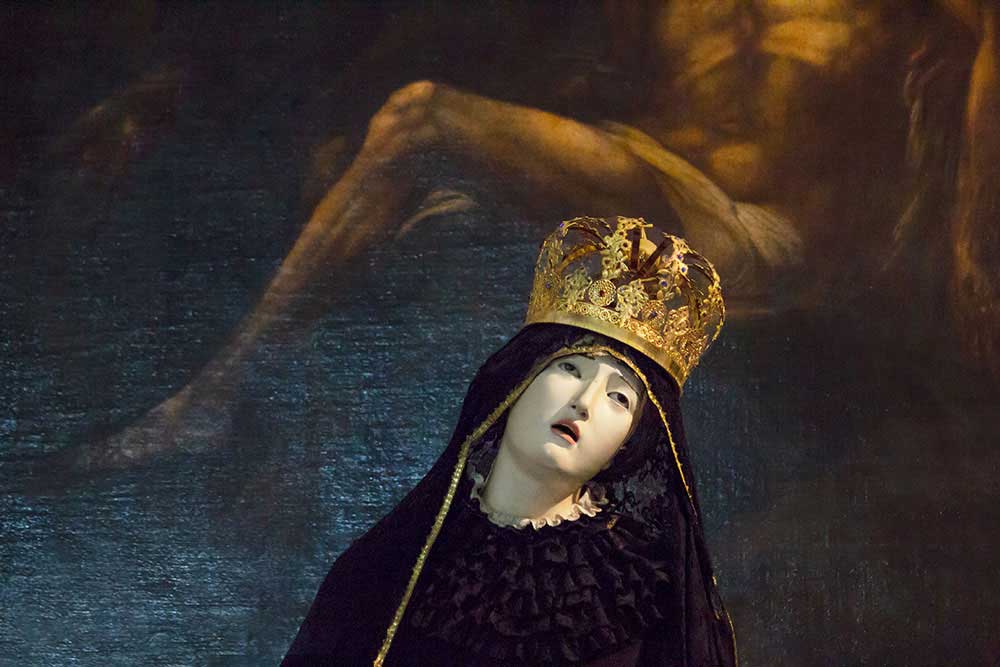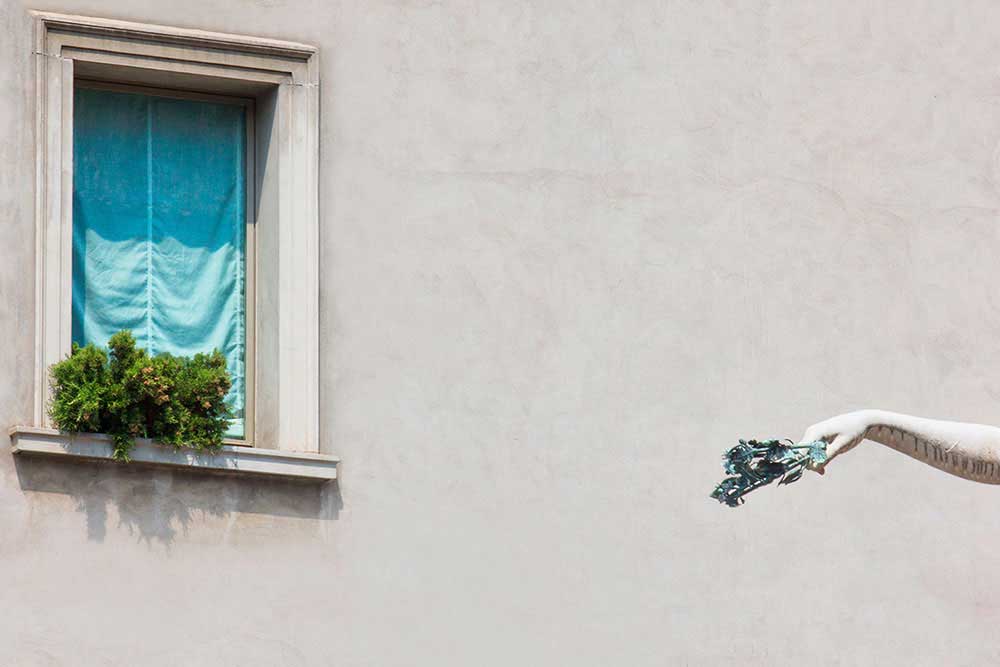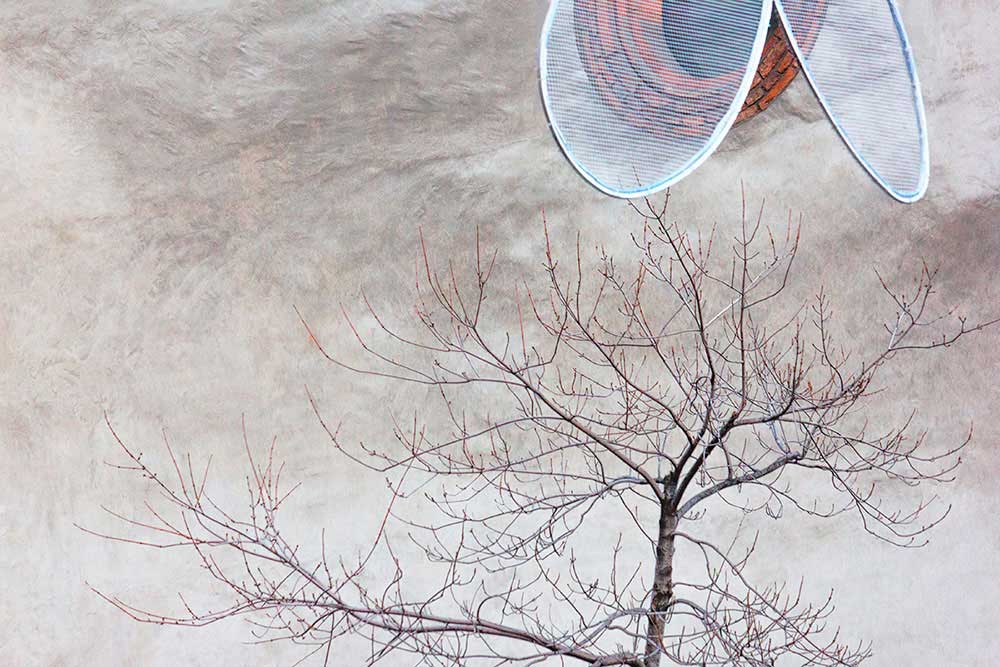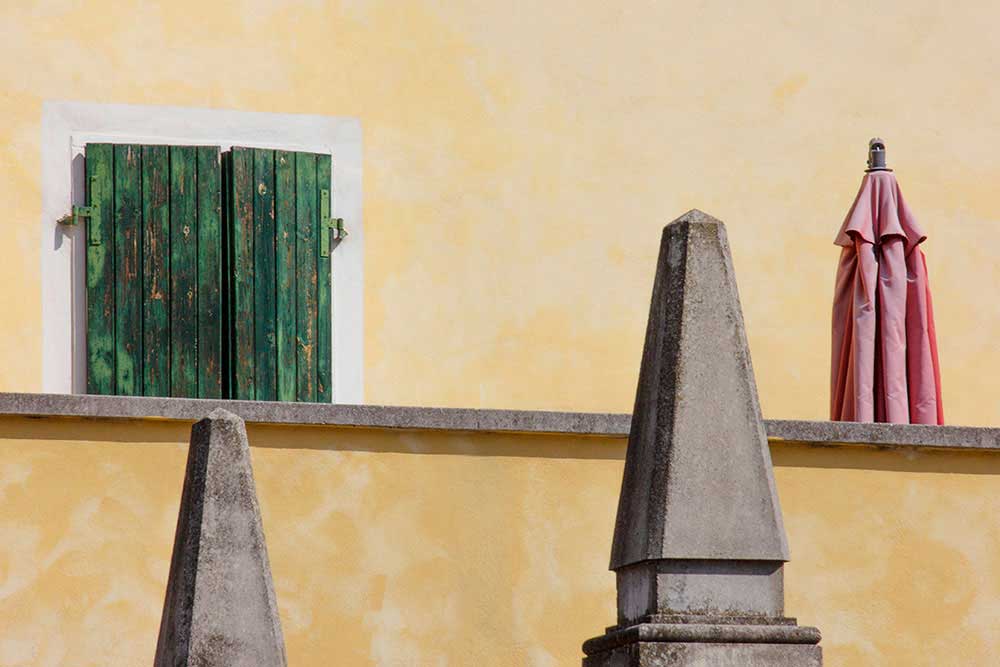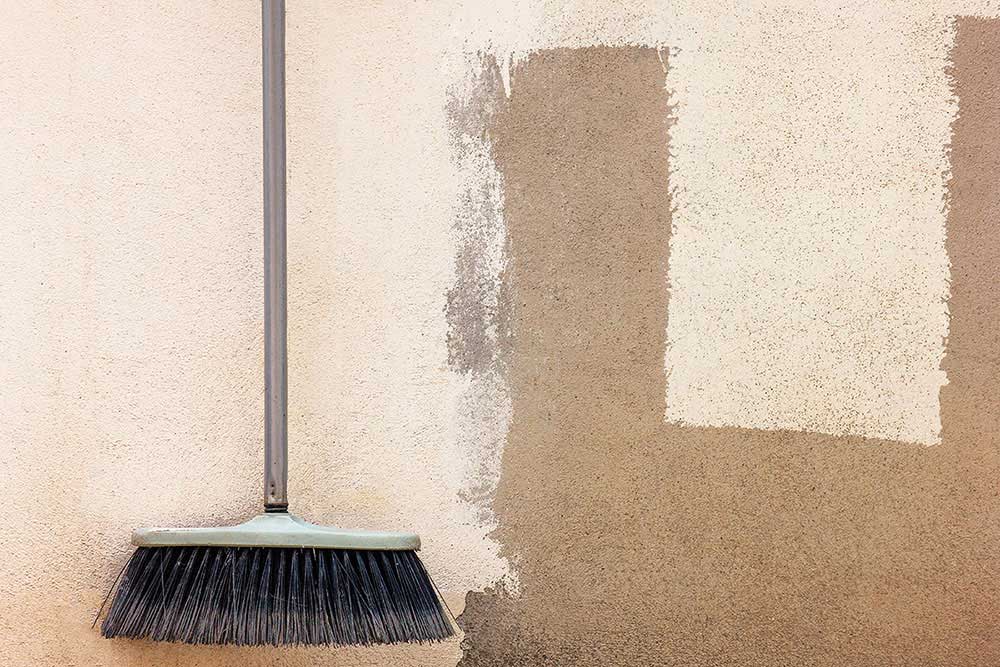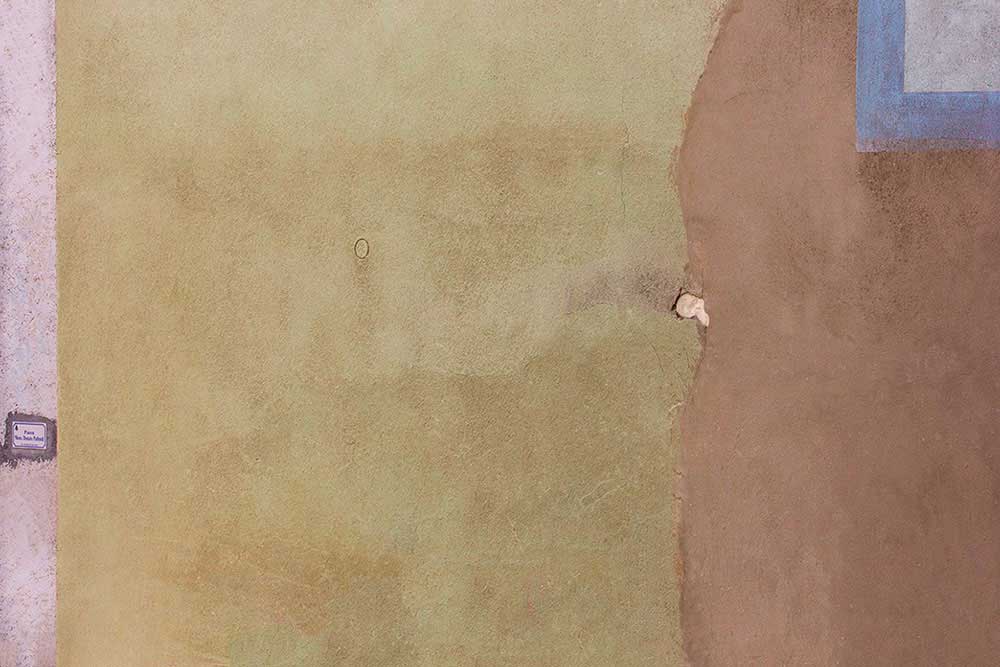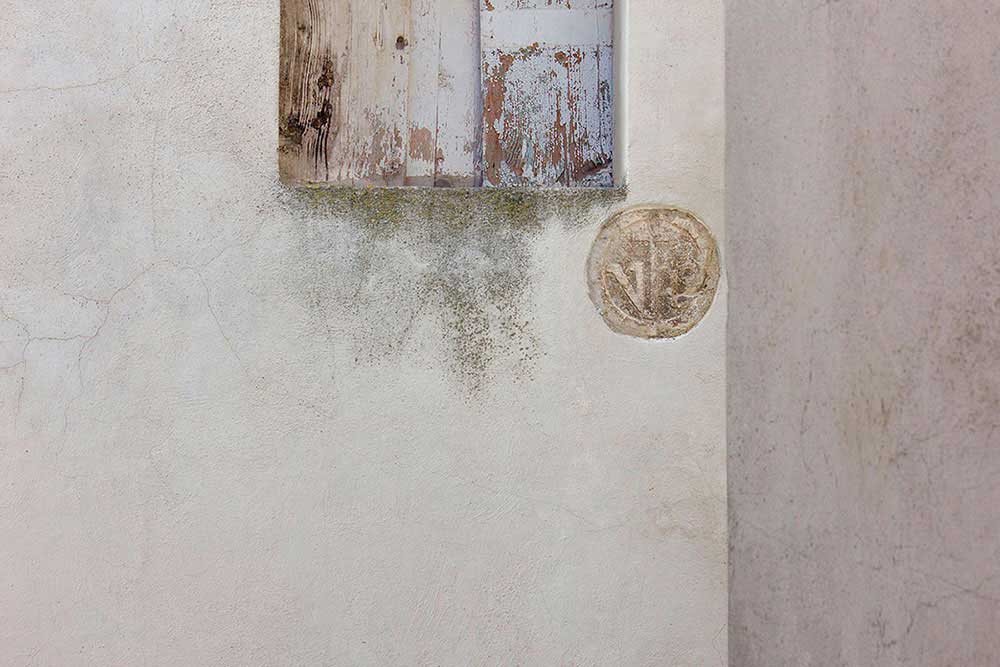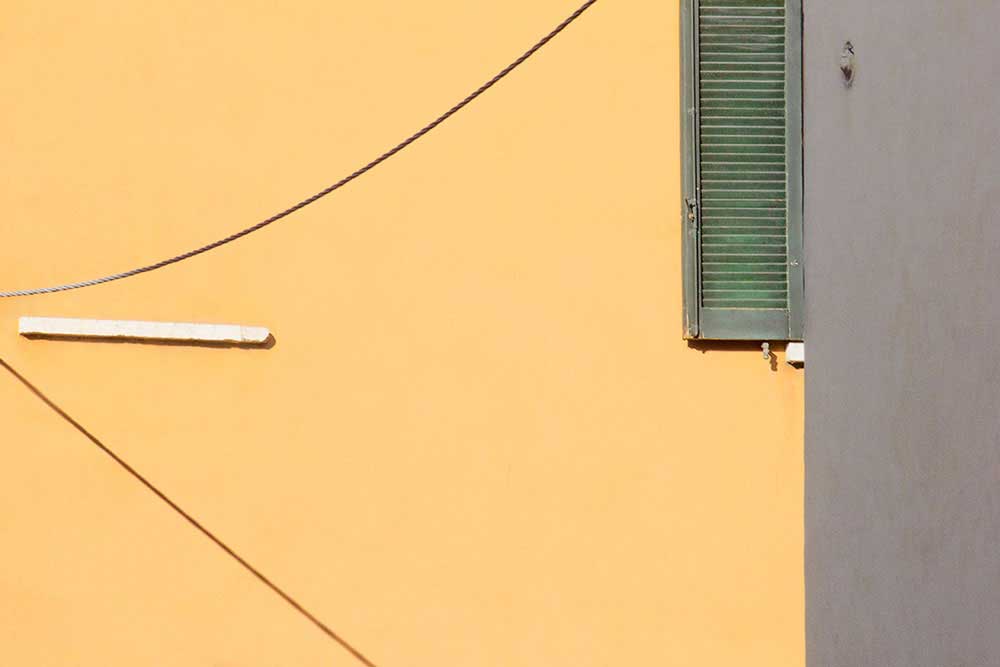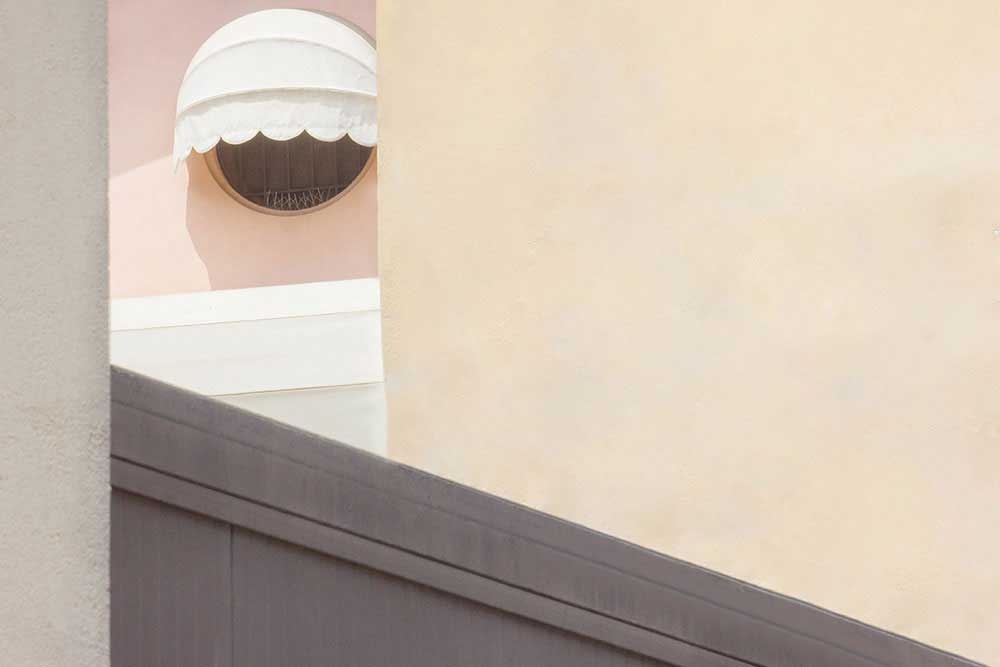In the Universe everything changes following a harmonic timeless rule.The happiness consists into be aware of being part of this Harmony, following its own nature to achieve the essence.
Harmony is the mathematic and scientific proportion, as mathematical are the formula that rule the natural phenomenon. Harmony is peaceful: does not judge what else to transform it end make it like itself, it connects with the “other” to work in Unity. Harmony does not divide, it connects. Mine research of the Infinite in nowadays reality, of transcendence kept in the real data. I analyse the immutable equilibrium trough the photographic language, to show the presence. The research of the Harmony in the world is based on the capacity to look at the contemporaneity element by element – anthropology, architecture, nature- always linked to a bigger level of existence. Photography and architecture go side by side connected. As the architectonical vision is based on the social function that draw and modify human behaviours, also the photography is an important mean, a language to extract different stratified in the history points of view: identity and existence that flow together in syntony, immaterial tracks now visible, quite tangible, in a shot.
The equilibrium that comes out from the tens and integration of differences, where the opposites converge completing themselves and the materiality falls to leave space to the spiritual presence, transform every shot in a travel through the space-time instances, instead of being the static representation of the place.Also the natural life express itself through perfect natural architectural elements, social conditions between species and genders, and influence of the ecosystem based elements, enjoying of a less filtered relation with the Harmony, innate and self-regulator, with the World breath with a little influence by the free will and artificial conditioning.
The photographic eye looks in particular, to a detail that give value to the existence and create access key to different reading levels among plans, volumes, colours, tensions and correspondence written into the being landscapes, discovering mystical roots.Like a mutable organism, each composition balances its external and internal balance on chromatic and geometric weights and, without any symmetrical axis on which to rest, it incorporates each constituent fragment according to the final semantic structure.In the awareness of the indecipherable Mystery of becoming, only faith in the spiritual progress of man pushes the photographer poet beyond the barrier of the phenomenon to decipher the infinite correspondences and the infinite relations of all realities in an indivisible Unity, in the certainty of being part of the All.
Water’s Pathways
“At the beginning was the word, translated Luther“ wrote Paul Klee in his Creative Confession.. A book that has this incipit: “ Art doesn’t repeat the sensitive things, but it shows. The graphic’s essence often brings, correctly, to the abstraction. […] The graphic’s basis elements are: points, linear energies, plans and spaces”.
Klee suggest three directrix: the line, the pure chiaroscuro, the pure color. The pure color runs across the other two. The pure chiaroscuro meets the line. The pure line is, instead, only measure. Only if you are an expert of already told istruments you can penetrate into the other dimensions that are: the construction of the object, the form of the photo as an extrapolation of the reality’s fragment which, thanks to the choice took by the occasional predisposition of artist, creates a composition that can express a content.
Trasplanting to the Photographie the expiramentation of Abstract Art renounced to paint the copy of the reality for express an other content, the photographer of The Hidden Harmony walk everywhere not looking at the phenomenon but paying attention to the lines, the chiaroscuri, the colors, the geometries and the shapes that are around him, because he must imagine the balanced relationship of the portions that he will close into the photographic frame to create a composition trasfering a sense of peace at the final reader of the art, the watcher of the photo.
Chiaroscuro
Feminine
“Feminine” is a work where the photographer poet invoke her Muse, the Woman who exhilarate his mind, like a guardian angel who accompany him when he’s like a solitary man walking to look for The Hidden Harmony. Without this angel the artist can’t create any artwork. The Woman always has been the inspiration source of Art, She can touch the soul of artist with her breath to give him the emotional sensitivity necessary to his creativity explosion. The feminist Germaine Greer wrote the Muse is She «penetrate» and fertilize the artist so «he gestates and brings forth, from the womb of the mind».
It can’t there is a real spiritual progress without the total love and respect for a Woman absolutely free in her identity. Greer herself think the Ideal of Love is «as a stabilizing, creative, harmonizing force in the universe» finding his picture in the Shakespeare’s poem The Phoenix and the Turtle where Shakespeare wrote: «So they lov’d, as love in twain / Had the essence but in one / Two distincts / division none / Number there in love was slain».
Christianity, Art, Paganism
“The artistic representation becomes the moment where the artist, personally engaged into human history or universal history, takes a part at the same time to an other history, the sacred history or history of salvation… In this sense the service of the artist is a service made to divine and made to humanity at the same time: It’s sacred history and universal history at the same time.”
Riccardo Dottori, De Chirico e l’arte sacra
Selected Works 2014-2019
‘Think simple’ as my old master used to say – meaning reduce the whole of its parts into the simplest terms, getting back to first principles
Frank Lloyd Wright
About Giorgio Di Maio
Giorgio Di Maio (1963, Naples) begins to take photos during his Architectural studies (1990), where he understood the strength of the photography as a mean to extrapolate from the reality a piece of the reality itself, independent in the shape and in the substance having a own narrative meaning.
The expositive activity (since 1992) and the professional one (since 1993) went forward together, and every kind of restructuring activity is an opportunity for linguistic research. In 2003 he held a Master in “Fotografia dello spettacolo” by Silvia Lelli, At European Institute of Design in Milano, and he felt in love with the American Photography. Between 2007 and 2010, in Basilicata, he developed the series “Paesaggi lucani” and tried in the same period the digital photo machine. In Di Maio, then, woke up his environmental soul that bring the artist in 2011 to a new exhibition “Non è Napoli” dedicated to his own city and its beauty during the rubbish scandal.
Since 2013 he slowed down the architect profession starting to study philosophy as theorical support to the practical photography, going from Naples to Milan very often. and vice versa, choosing definitely the digital photo machine. Then he creates ”The Hidden Harmony”, that shows the transmigration of the mystical and philosophical roots from Heraclitus to the abstract art til the photography, transforming it into a growth process both spiritual and social of a man, who goes through the evidence of the visual data looking for the Hidden Harmony as it appears today. [Official Website]



